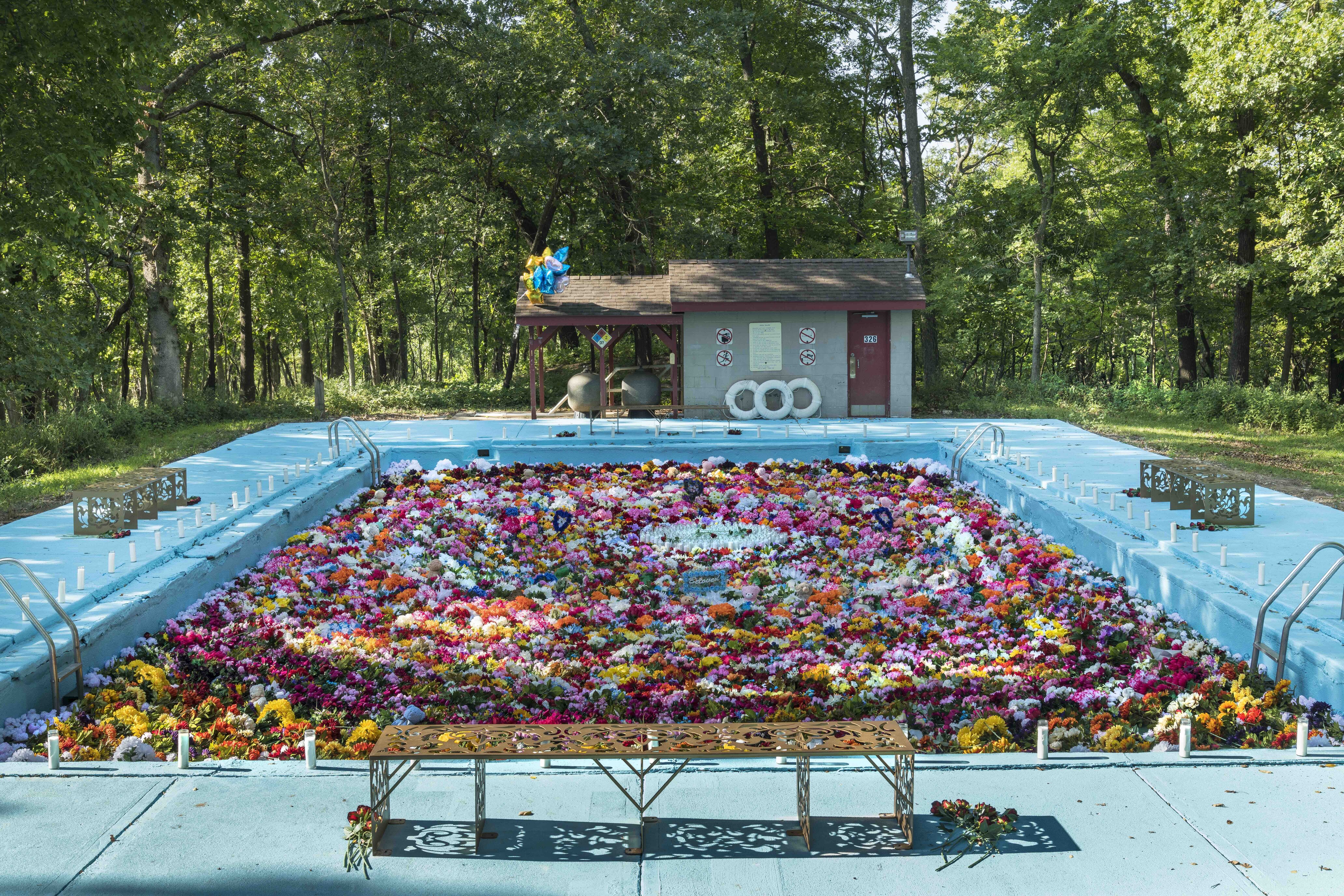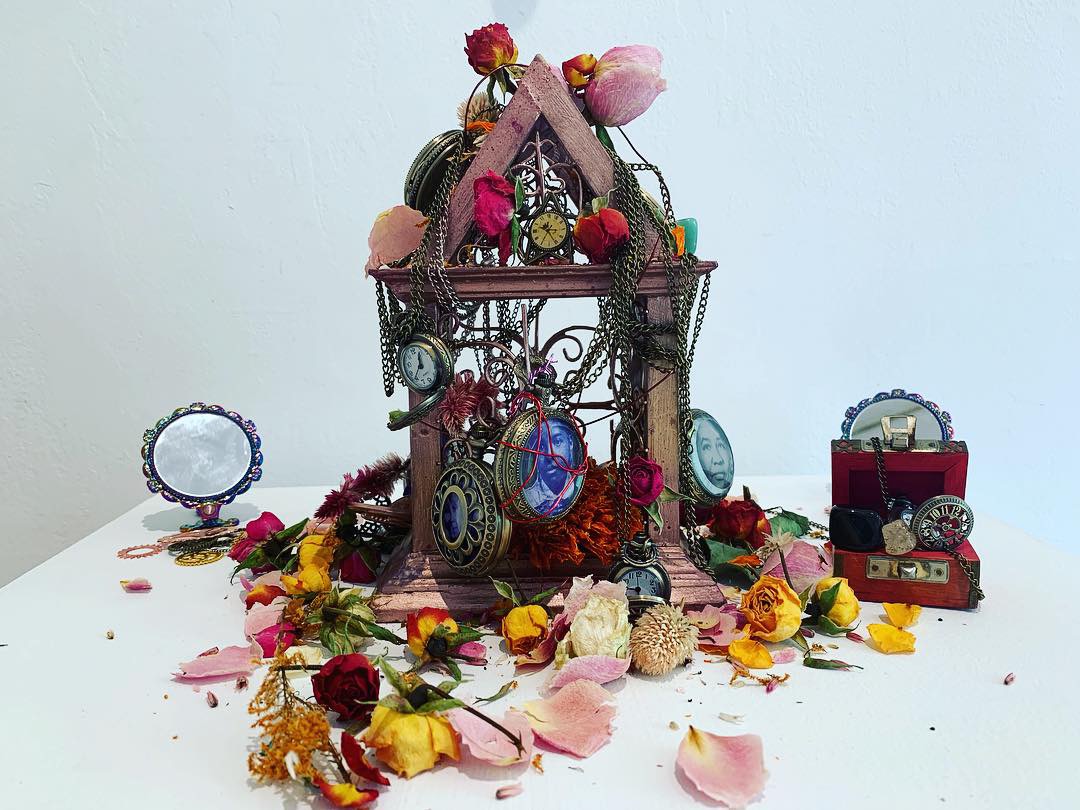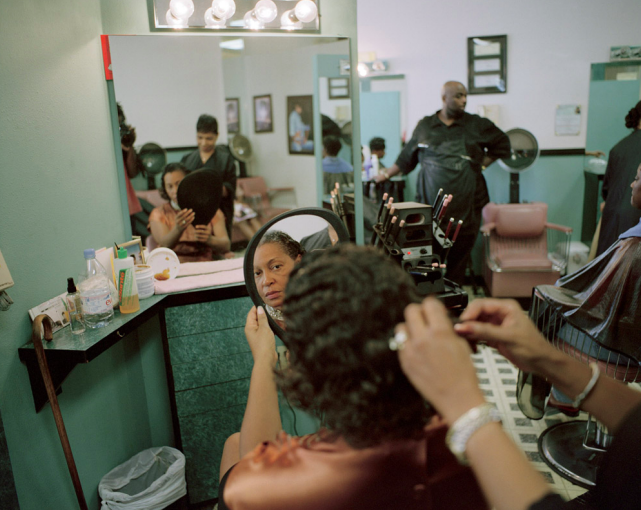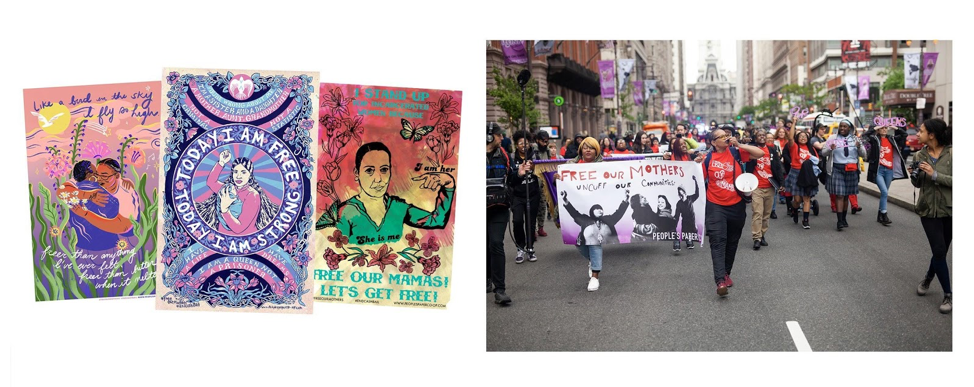In exhibition planning, process matters as much as outcome.
This guiding principle has carried Monument Lab through numerous projects, from citywide exhibitions to research residencies. We consider it a matter of pacing and intention – a reminder to think big and tend to granular details along the way; move through planning stages at the speed it takes to build trust and relationships; expect detours and incorporate learnings from them; and adjust and iterate with collaborators to keep aims for the integrity of a project high and thresholds for participation open.

The preparations for Spring 2021’s Staying Power – a participatory art and history exhibition hosted by The Village of Arts and Humanities, Monument Lab, and residents of the Fairhill-Hartranft neighborhood of North Central Philadelphia – in the midst of a pandemic and a season of uprising and reckoning have pushed us to both dig deeper and pivot into our practice.
A core component of that practice – working closely with artists to respond to site-specific histories and layered connections— has moved online. Our plans to open a neighborhood Lab storefront and hire paid neighborhood curatorial fellows have been pushed to next year. For the time being, our opening dates have stayed in place, from May 1, 2021-July 10, 2021, as we build in more flexible plans for public safety and engagement from now through the close of the exhibition. Our curatorial team includes Laurie Allen, Arielle Julia Brown, and a team of close collaborators from The Village.

Staying Power’s artist roster includes Sadie Barnette (Oakland), Black Quantum Futurism (Philadelphia), Courtney Bowles and Mark Strandquist and Courtney Bowles (Philadelphia/Richmond), Ebony G. Patterson (Chicago), and Deborah Willis (New York City/Philadelphia). These artists have strived to connect to the project across space and time, balancing their own creative process with the respective challenges they face. Each of these artists responds to notions of place and history in intricate ways throughout their work, and thus are attempting to bridge the gap with virtual site visits, Zoom studio meetings, and online and socially-distanced conversations with community members and local partners.
Next spring, Staying Power artists will produce new temporary works that respond to the central questions of the exhibition: What is staying power in this neighborhood? What is staying power in a city that is rapidly changing? Their installations will be presented alongside The Village’s existing public collection of artworks. The resulting works will include outdoor monumental sculpture, indoor installations, storefront activations, and performances along the corridor announced early next year.

Leading up to and through the exhibition, Monument Lab curators will be in residence to mentor and collaborate with the cohort of neighborhood fellows, and stitch together their methods for public artistic and research engagement. This will guide an accompanying research process around the curatorial prompt that will be explored by the fellows, neighborhood residents, and eventually public audiences. Through art and research, this exhibition cultivates modes of inquiry for Philadelphia, a “city of neighborhoods,” and for art audiences and practitioners of socially-engaged art, rooted in place and accompanied by meaningful investment in anti-displacement work.
Working with The Village, the artists, and community representatives has pushed our commitment to exploring the urgent issues at the heart of the project. Together, we imagined Staying Power as a project designed to explore the legacies, mechanics, and politics that connect or disconnect people from place. This holds, especially, as our co-hosts, The Village, work as a pandemic food distribution site and a resource hub for a neighborhood deeply impacted by hyper-policing and property damage during the June uprisings.

Staying Power reflects and responds to continuities and emergent dynamics at The Village to build community capacity to shape a shared narrative of its own power. The project both centers and invests in the leadership of community residents as curators, advisors, and makers, alongside visiting artists’ visions.
As organizers, we have discussed “Staying power” as the ability to receive, pass down, and pass on cultural, physical, and relational assets between generations. It’s returning to your childhood home and finding it both there and still thriving; it’s building upon wealth from generations before you; it’s drawing on the wisdom of elders and guardians to write your own narrative of who and where you are. We recognized Philadelphia displays clear disparities in staying power.

Courtney Bowles and Mark Strandquist. FREE OUR MAMAS! SISTERS! QUEENS! 2019- . Images courtesy of the artists.
Around The Village, staying power persists in Philadelphia’s Fairhill-Hartranft neighborhood, despite the fact that it is one of the city’s most vulnerable communities. Racist policies, economics, and politics in this historically African-American neighborhood have produced a half-century of disinvestment designed to break ties between people and place, restrict mobility, withhold knowledge, and isolate people from critical resources and services. Here, neighborhood residents experience violent crime and incarceration rates five times higher than the rest of the city, and 12 times higher than national rates. Here, life expectancy is 15 years shorter than in the city’s wealthiest zip codes.
The Village, a 32-year-old neighborhood anchor institution, is responding urgently to these conditions by working with community members and cross-sector partners to design and implement multiple community development initiatives that build the capacity with its neighbors to stay in their homes, reduce violence, support returning citizens, and build community wealth and ownership.
Driven by the curatorial prompt – What is staying power in this neighborhood? What is staying power in a city that is rapidly changing? – this exhibition picks up on The Village’s anti-displacement and equitable revitalization efforts, as well as Monument Lab’s aims to unearth the next generation of monuments through stories of social justice.
At a moment when the questions of “who decides, who pays, who benefits, who stays?” are being asked throughout the country and the neighborhood surrounding The Village, we turn the practice and purpose of exhibition-making towards those same questions, and use the unique methodologies of The Village and Monument Lab to generate equitable and just responses. The exhibition will serve as a reflection on and roadmap for retaining staying power – a celebration of what is meaningful, what is urgent, and what is possible for this neighborhood and for our city.
Major support for Staying Power has been provided to The Village of Arts and Humanities by The Pew Center for Arts & Heritage.
